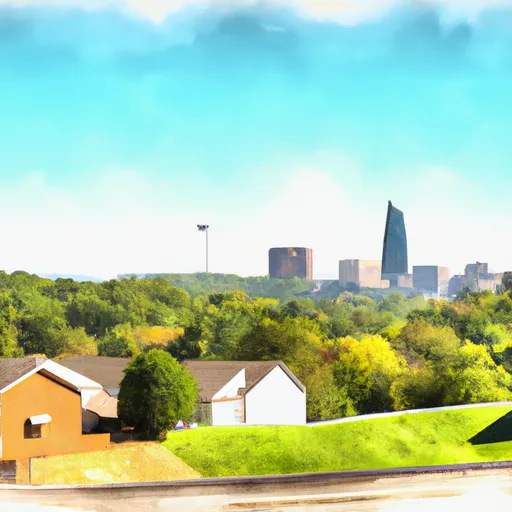°F
°F
mph
Windspeed
%
Humidity











Hickory-Hill, Tennessee is a small community located in the southern part of the state. The climate is typically warm and humid, with hot summers and mild winters. The area is known for its abundant rainfall, which contributes to the hydrology constituents of the region. The local waterways are home to a variety of fish species, including bass and catfish, and provide opportunities for fishing and other aquatic activities. Outdoor recreation opportunities in the area include hiking, camping, and wildlife viewing. The nearby Natchez Trace Parkway offers scenic drives and historic sites, while the nearby Chickasaw National Wildlife Refuge provides opportunities for hunting, fishing, and birdwatching.
Weather Forecast
Hickory-Hill receives approximately 1372mm of rain per year, with humidity levels near 80% and air temperatures averaging around 16°C. Hickory-Hill has a plant hardyness factor of 7, meaning plants and agriculture in this region tend to thrive during the non-winter months.
Regional Streamflow Levels
674
Cubic Feet Per Second
1,390
Cubic Feet Per Second
346
Cubic Feet Per Second
229
Cubic Feet Per Second
Nearby Camping
| Camping Area | Reservations | Toilets | Showers |
|---|---|---|---|
| New Orleans Reserve Military | |||
| Walkiah Bluff Water Park | |||
| Dry Creek Water Park | |||
| Lake Columbia | |||
| Okatoma Water Park | |||
| Lake Mike Conner |



